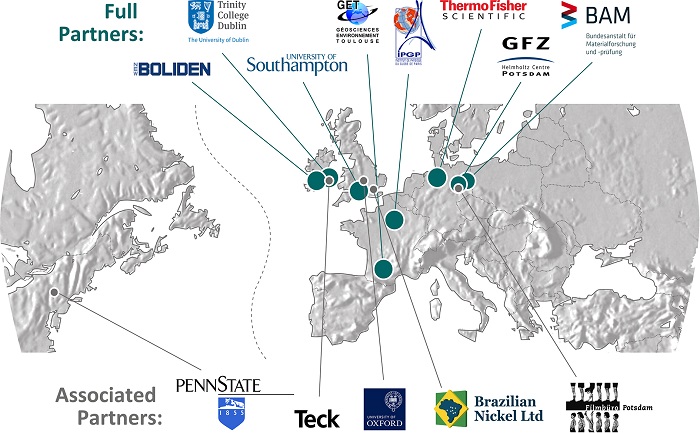
FULL PARTNERS

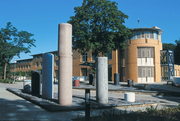
GFZ Helmholtz Centre for Geosciences (GFZ)
The GFZ Helmholtz Centre for Geosciences (GFZ Potsdam) is the national research centre for Geosciences with more than 1000 employees. Research in Section 3.3 “Earth Surface Geochemistry” focuses on development and application of isotopic tools in Earth surface (weathering) processes. Through field and laboratory studies, we quantify physical erosion, chemical weaterhing and cycling of elements through different geochemical reservoirs, such as rock, soil, plants, ground water and river water. We employ several stable isotope systems using our “Neptune” multicollector ICP_MS, optical ICP, clean laboratories, and a new in-house built femtosecond laser ablation system for micrometer-scale isotopic analysis. Interactions with GFZ groups engaged in the study of cosmogenic nuclides, Geomorphology, Hydrology, Mineral Chemistry and Microbiology is encouraged.


Institut de physique du globe Paris (IPGP)
The Institut de physique du globe Paris is a leading institution in Earth Sciences. It belongs to the Sorbonne-Paris-Cité consortium of Universities (one of the 8 French selected IDEX: Universiry of excellence). It covers all Earth Science disciplines and is in charge of the monitoring of the active volcanoes over the French territory. The Institute runs three oversea observatories (Réunion and Lesser Antilles). The External Envelopes Geochemistry team is an internationally recognised group for the development of isotopic techniques and the study of river geochemistry.


Trinity College Dublin (TCD)
Trinity College Dublin is Ireland's premier university, located in the historic campus in the heart of Dublin. The School of Natural Sciences accommodates ca. 40 academic staff, 20 postdoctoral research fellows and 150 graduate research students across the disciplines of Geology, Geography, Environmental Sciences, Botany and Zoology. The Geology Department has a core of young and dynamic academic staff with an overarching research focus in geochemistry. It houses all the traditional thin section, rock, mineral, fossil and tephra preparation facilities, and has a laboratory complex with clean rooms, stable isotope mass spectrometers, XRD, a new excimer UV laser ablation system and new ICP-MS and ICP-OES. It is a partner in the Irish National Centre for Isotope Geochemistry, located 20 minutes away, which offers access to cutting edge TIMS and MC-ICP-MS.

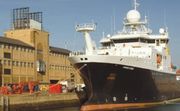
University of Southampton (US)
The School of Ocean and Earth Sciences, University of Southampton, is hosted in the National Oceanography Centre, which is the largest centre for research in the marine and earth sciences and technology in the UK. The centre houses around 500 staff and 700 undergraduate and postgraduate students. Its state-of-the-art geochemistry facility includes an extensive suite of clean rooms, as well as two multi-collector inductively coupled plasma mass spectrometers (MC-ICP-MS), thermal ionisation MS, high resolution ICP-MS, laser ablation facilities and a micro-scanner XRF. There is an active team of researchers working in isotope geochemistry and mineralisation and weathering processes, and extensive expertise in the use of thermodynamic modelling packages for data interpretation.


Federal Institute for Materials Research and Testing (BAM)
The Federal Institute of Material Research and Testing (BAM) has 1700 employees and is active in all fields of modern material sciences. Department 4 “Materials and Environment” assesses reciprocal effects of surrounding conditions and exposed materials. We especially concentrate on the long-term effects of material/environment interactions and apply advanced technologies to preserve the value of the materials and facilitate their re-utilisation. Techniques employed reach from molecular biology and geomicrobiology to environmental simulations and engineering. In mineral weathering experiments we use environmentally controlled laboratory simulations and a novel genetically-tractable model rock biofilm. Interaction with other BAM devisions engaged in other branches of material sciences is encouraged.

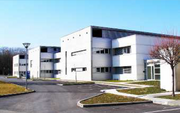
Géosciences environnement Toulouse (GET)
The Laboratoire géosciences environnement Toulouse (GET) at the Centre national de la recherche scientifique (CNRS) in Toulouse is among the top geochemical training and research facilities in Europe. In total, more than 100 PhD students have graduated, and more than 30 post-doctoral trainees have passed through the LMTG over the past 10 years. The 45 permanent staff is comprised of full-time scientists, engineers, and technicians. The laboratory also currently hosts over 25 international scientists and students, and has collaboration with scientists and industries located in over 24 different countries. The Laboratoire géosciences environnement has published over 500 articles in top journals over the past 10 years, most notably quantifying in detail the rates of natural processes from the atomic to global scale.

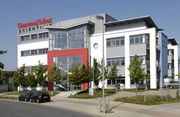
Thermo Fischer Scientific Bremen GmbH (TFS Bremen)
Thermo Fisher Scientific Bremen GmbH is part of Thermo Fisher Scientific (TFS), the world leader in serving science. Our mission is to enable our customers to make the world healthier, cleaner and safer. TFS has almost 40,000 employees worldwide and serve customers within pharmaceutical and biotech companies, hospitals and clinical diagnostic labs, universities, research institutions and government agencies, as well as in environmental and process control industries. The factory in Bremen developed and produces industry-leading isotope ratio Mass Spectrometry systems used to discover unique information on the history and origin of compounds. Almost every field of research, in countries around the world, relies on our isotope ratio Mass Spectrometry systems, from geological studies, to chemical adulterants, to sports doping.

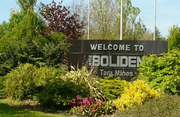
Boliden Tara Mines (Boliden)
Boliden Tara Mines is an underground mine, Europe's largest zinc mine and the world's ninth largest. At the Tara mine, which was acquired by Boliden in early 2004, production has been under way since 1977. Over the years, more than 80 million tonnes of ore have been mined. Approximately 2.6 million tonnes of ore for zinc and lead concentrate production is mined and concentrated every year. Through both exploration and acquisitions the ore reserve and mineral resources have been increased. In recent years, Tara has focused on improving its cost position, measured as cash cost, through investments designed to boost productivity and saving measures".
(source: https://www.boliden.com/Operations/Mines/Tara/)


